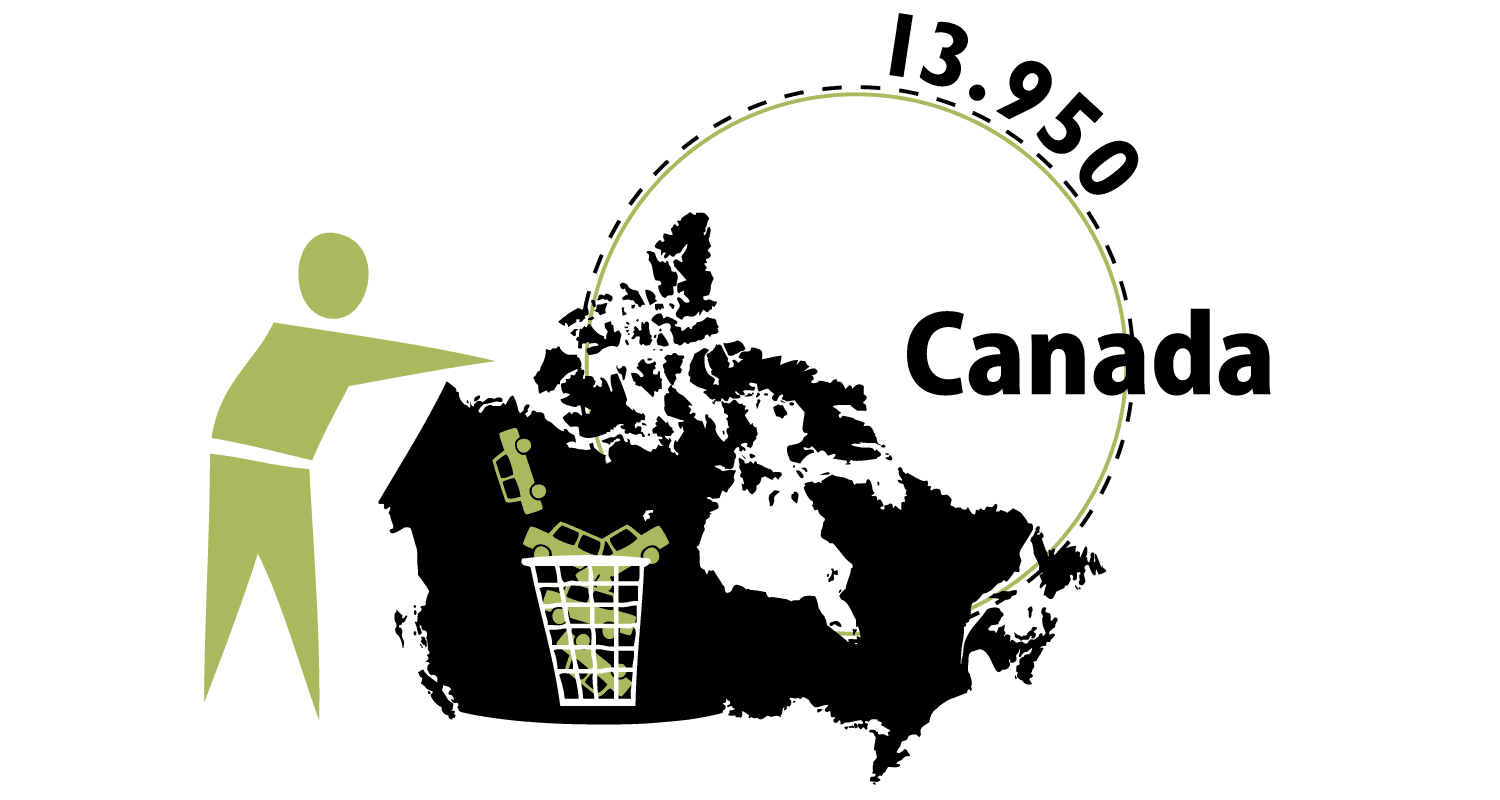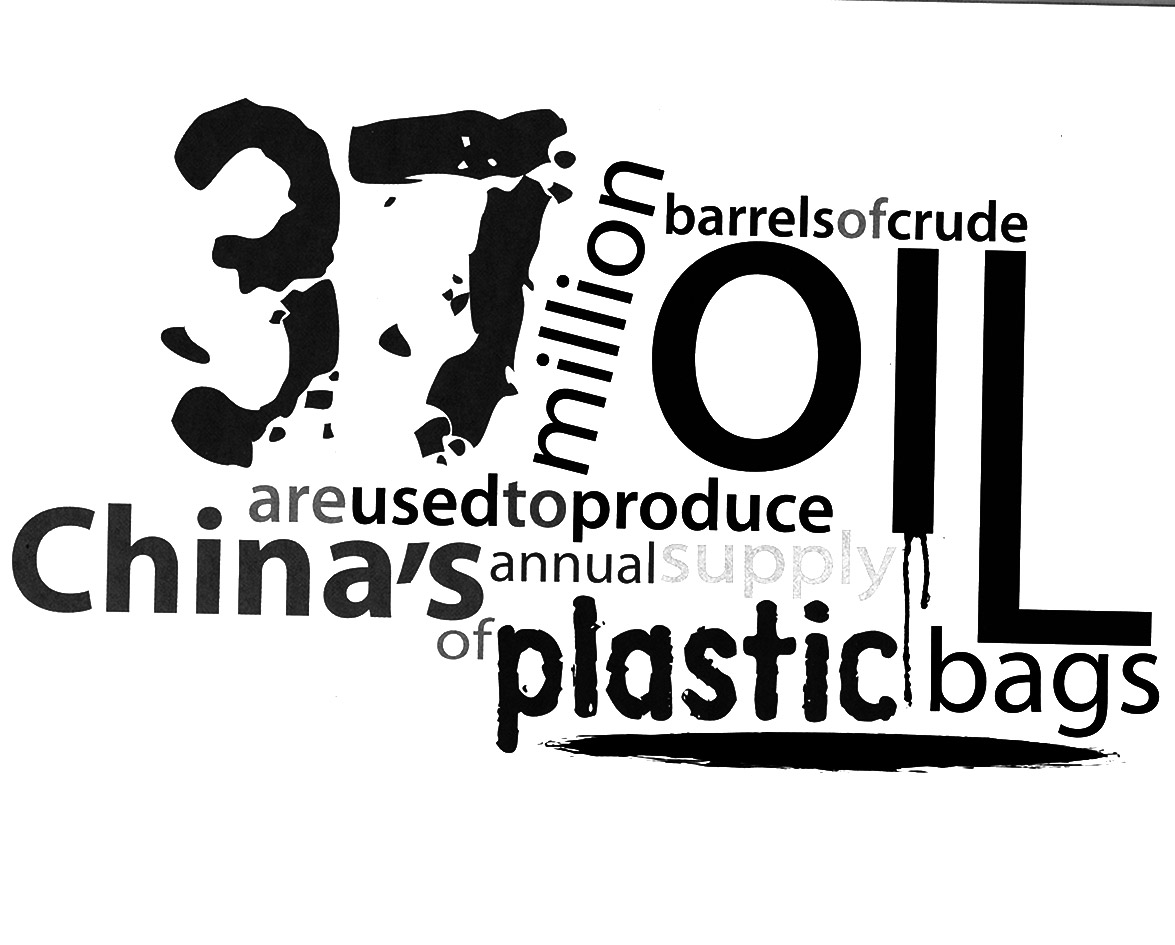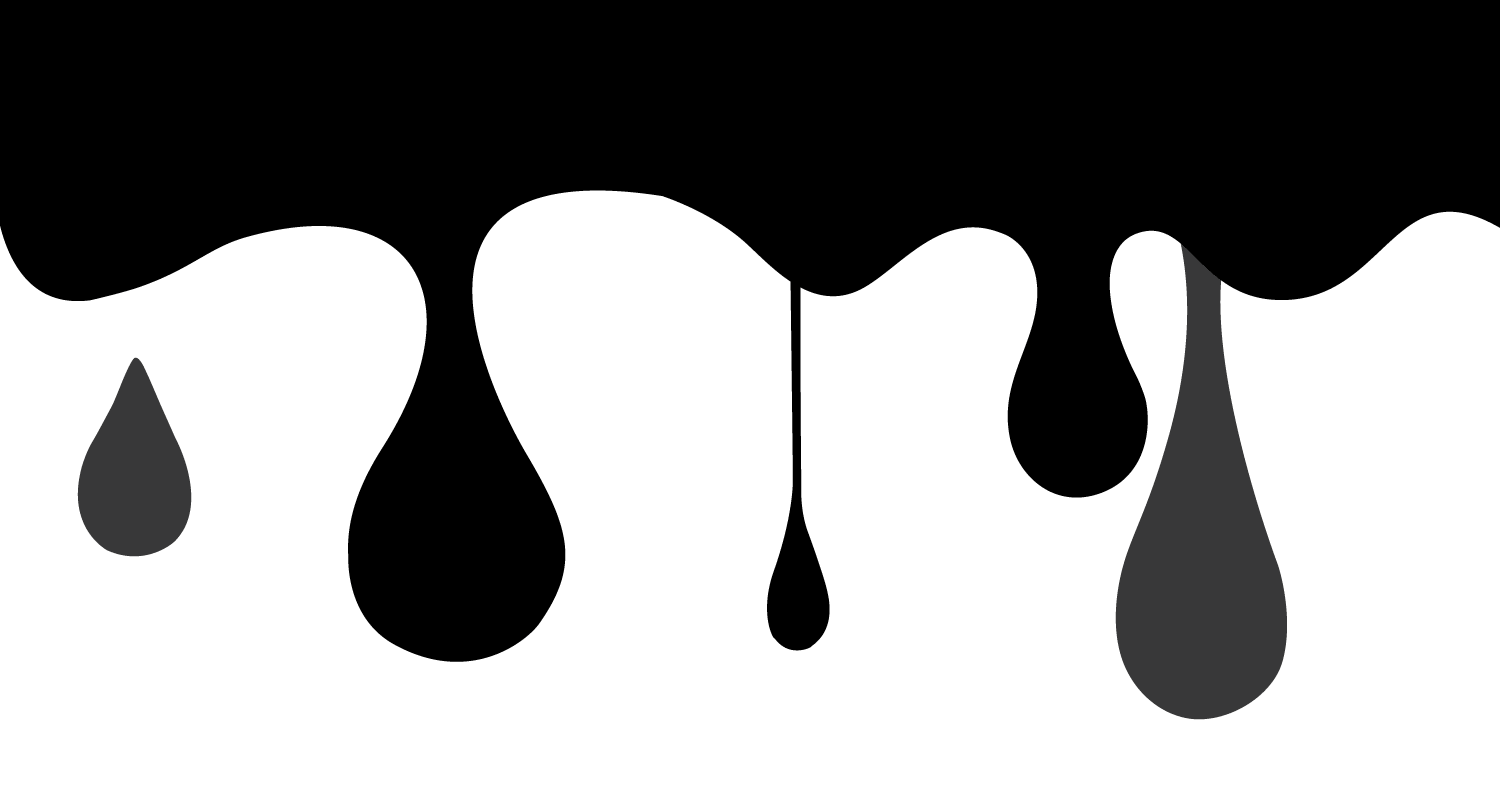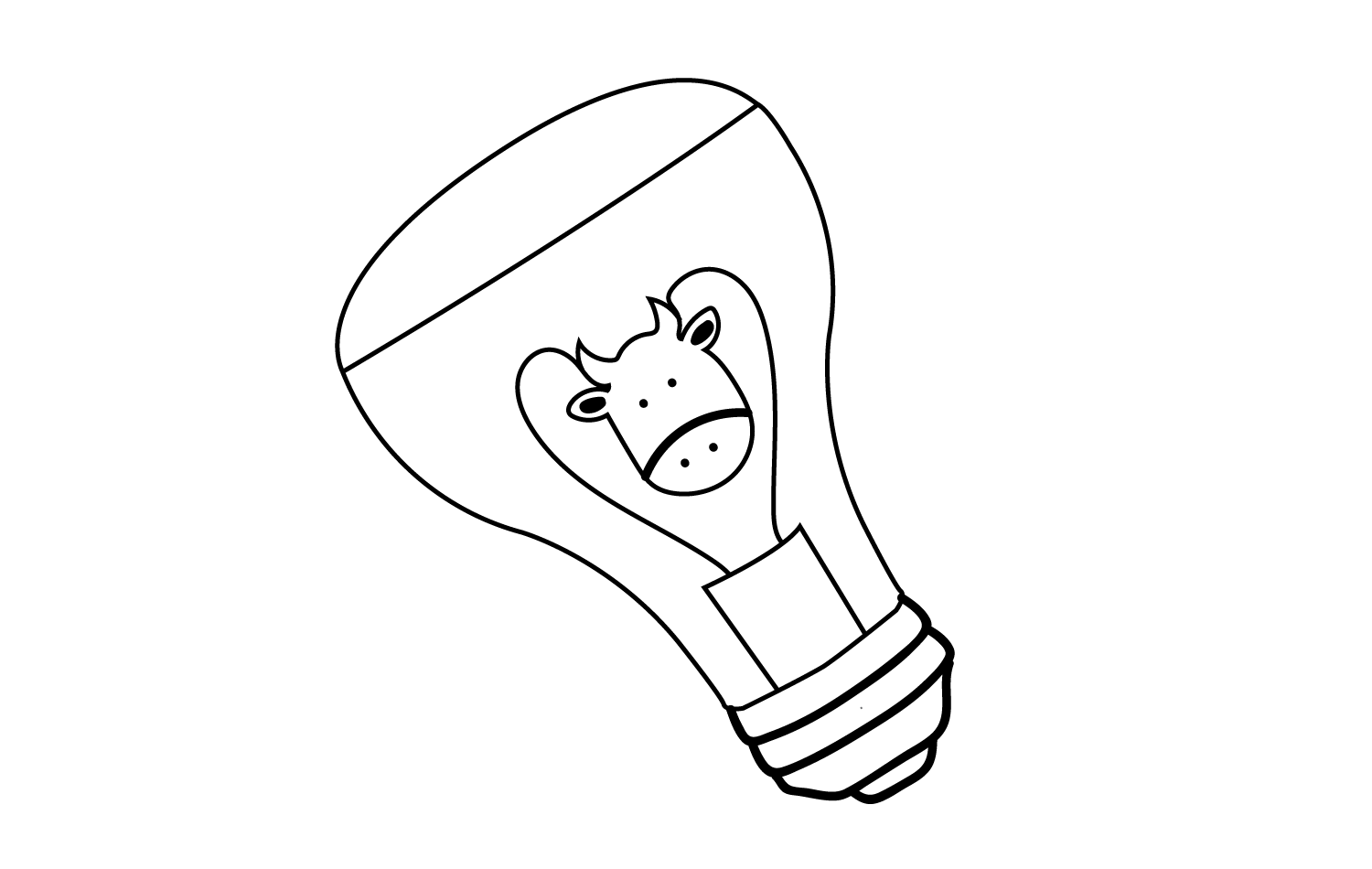Can I get a little less salt in my water?
Water quality is being adversely affected by rising industrialization in the Pacific Rim, and concerns over the availability of fresh water are mounting. China and South Korea have both invested heavily in what they hope will be one solution to this dilemma. Both the Chinese and South Korean governments have recently invested in desalination projects in an effort to combat a future where access to clean water is uncertain.
China has selected Koch Membrane Systems (KMS) to provide the essential pretreatment membranes for one of Asia’s largest seawater desalination plants. John Morrison, the Senior Vice-President of Sales and Marketing for KMS claims, “This large-scale seawater desalination project will serve as a model for addressing China’s serious water shortage. Our TARGA ultra-filtration membranes provide a reliable and cost effective pretreatment solution for highly variable and difficult-to-treat seawater reverse osmosis (SWRO) desalination plants.”
Meanwhile, in South Korea, the government has invested $170 million into desalination, SWRO and water reuse projects. SeaHERO (Seawater Engineering & Architecture of High Efficiency Reverse Osmosis) was launched in August of 2007 with In S Kim, executive director of the Center for Seawater Desalination Plant, coordinating the program.
The plant, located at Gung Ju Institute of Science and Technology, employs over 500 researchers from 16 universities. The program runs for six years, with the goal of providing new innovations in reverse-osmosis membranes and energy recovery, while also reducing the cost of engineering, procurement, construction, operations and maintenance.
With these two countries investing heavily in SWRO issues, steps are being taken to ensure the availability of fresh water for a growing population.
KiloWhat?
The rapid economic and industrial growth in the Pacific Rim during the last half of the twentieth century has seen energy-related environmental problems steadily on the rise. However, over the last few years, petroleum, natural gas, electricity and coal consumption have all been on the decline within the region. Important steps in ensuring the planetʼs future are being taken around the globe. Here are some examples of what specific countries are doing to ensure a decline in energy-related environmental issues.
South Korea
South Korea has plans to raise the biofuel content in diesel from the current 0.5 percent to 3.0 percent by 2012. In accordance with this goal, Korea began to supply biodiesel fuel in all the economy’s gas stations in July 2006. This was the first time this had been done in Asia.There are now 16 firms registered with the Korean government to produce biodiesel for the country.
Japan
Despite having an abundance of hydrocarbon resources, Japan remains a major exporter of energy-sector capital equipment, with Japanese companies providing engineering, construction and project management services for energy projects. The overall goal of Japan’s energy policy is to achieve a stable energy supply while also meeting the demands for environmental conservation and efficiency improvement.
Taiwan
Taiwan has recently proposed a renewable energy development bill.The government has created this bill in order to effectively promote renewable energy and respond to the requirements of the private sector for institutionalized incentive measures. The overall goal of the bill is for electricity from renewable sources to comprise over 12 percent of the country’s total generation capacity.
China
China has become the world’s leading producer of energy from renewable sources and is in line to overtake more developed countries in creating even cleaner technologies. The Climate Group, which released this information, claims that despite China’s economy being dependent on coal, China has become a world leader in the manufacturing of solar photovoltaic technology. Approximately 820 megawatts of solar PV were produced in China in 2007, second only to Japan.
Canada
Canada has launched a National Vehicle Scrappage Program, offering incentives to anyone who retires their 1995 or older model vehicles. The program was first implemented in January of 2009, and the government has pledged to provide $92 million over four years in an effort to get approximately five million old cars and trucks off the roads.
Hong Kong
Hong Kong’s government, in order to promote public awareness for renewable energy, implemented various projects on renewable energy systems. As of mid-2007, the total peak capacity of renewable energy systems installed by the government and utility companies, including solar, wind and biogas, have reached an output of approximately 2,700 kilowatts.
Thailand
Thailand has implemented various proactive energy policies in an attempt to sustain energy security. The aim is to reduce Thailand’s heavy dependency on energy imports. Important measures to be taken include diversification of fuel options and supplies, speeding up of exploration, the development of new energy resources, energy efficiency improvements, and implementation of new and renewable energy sources.
I havenʼt the smoggiest notion
The UN’s Atmospheric Brown Clouds Regional Assessment Report found that three areas within Asia were air pollution hotspots: East Asia, the Indo-Gangetic Plain and Southeast Asia. Many countries within the Pacific Rim have recognized the seriousness of the situation, and what follows are examples of what is being done to combat this steady decline in air quality.
The Problem
Air pollution is fast becoming a major concern within the Pacific Rim. New aircraft and satellite data have found atmospheric brown cloud plumes, measuring 1–3 kilometers thick, surrounding the Hindu Kush-Himalayan Tibetan glaciers. This cloud has caused the glaciers to shrink by five percent since 1950, with a possible 75 percent shrinkage by 2050.
Crop yields in Asia have decreased significantly due to atmospheric changes, and a lack of rain has resulted in a threat to food security, and a loss of over 5 billion dollars to Japan, South Korea and China’s agricultural industries.
What’s Being Done?
The Better Air Quality 2008 workshop was held in Bangkok, Thailand, to discuss air quality problems and possible solutions. The event was organized by the Clean Air Initiative-Asia Center, the United Nations Environment Programme and the United Nations Economic and Social Commission for Asia and the Pacific. On the other side of the Pacific, Environment Canada has created a Clean Air online resource available to the general public. The website teaches people about indoor and outdoor air quality, air pollutants, acid rain and how to reduce pollution from wood fires and older vehicles. Visit the website at cleanair.ca.
Save Per Page
Langara College and Rhino Print Solutions Inc. are doing their part to help the earth too. Both the Environment and Travel Sections of this magazine have been printed on Save-A-Tree uncoated, 100 percent post-consumer waste recycled paper. The remaining pages are printed on Chorus Art Gloss, 25 percent post-consumer waste recycled paper. By using these types of paper, we have reduced our overall environmental impact. By using environmentally friendly paper options, Rhino is covered under the Forest Stewardship Council. To learn more about FSC certification visit their website at fsc.org.











